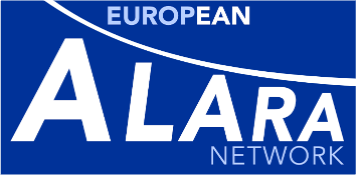Incident summary
Extensive dosimetry checks have to be undertaken every year in order to comply with the above-mentioned ordinances. While such a dosimetry check was performed after installing a new accelerator, an error in the reference dose measurement for electron beams was identified in a radiotherapy centre. It was found to be caused by an incorrect calibration of temperature and pressure.
When investigating the origin of the error, it appeared that a new dosimeter had been introduced the previous year. Local pressure and temperature data were entered directly in the old dosimeter, yielding results corrected for pressure and temperature. When switching to the new dosimeter, pressure and temperature were no longer entered in the dosimeter, and the corresponding correction factor had to be subsequently computed with an excel spreadsheet, provided by the external institute in charge of the dosimetry. However, whilst both sets of data as well as the correction factor were displayed in the excel spreadsheet, they were not actually used to calculate the resulting dose. The erroneous calibration factor was then used throughout the dosimetry (calibration of monitor units) and the mistake went unnoticed in spite of other quality assurance checks (daily and weekly checks). This error led to a dose excess of 4.6% at the reference point.
Actual doses delivered to patients were investigated. The dose delivered to each patient (110 in total) during the period of time when the reference dose was not correct was reconstructed. The discrepancy between the planned and applied dose was analysed for each patient; a small number of patients (< 10) had been exposed to an excess dose of 4.6%, with the vast majority receiving no more than 1% excess dose. No abnormal skin reaction was noticed during or after the course of the treatment.
The incident was reported to the Federal Office of Public Health (SFOPH) and a full investigation was requested. The radiation therapy centre then suggested the corrective measures outlined below, which were approved by the SFOPH.
Lessons learned / Measures taken
When commissioning a new accelerator, care must be taken to ensure that two separate dosimetry systems are used (e.g. with a second dosimetry chain or TLD).
The local physicist, rather then an external institute, must be in charge of the whole dosimetry calibration process (as according to the SSRPM recommendations 8 et 9) and perform measurements with an ionisation chamber calibrated by METAS (national metrology institute).
Daily and weekly checks relying solely on relative values are not sufficient and can lead to systematic errors being missed. The best way to ensure the accuracy of the reference dose is to use a calibrated reference ionisation chamber.
Dosimetry measurements should be given priority of over other tasks and half a day should be set aside for those measurements, so that they can be performed without time pressure.
Night measurements must be prohibited. The person doing these measurements must not do them after the usual work day. He/she must be able to fully focus on the operations necessary to the measurements.
